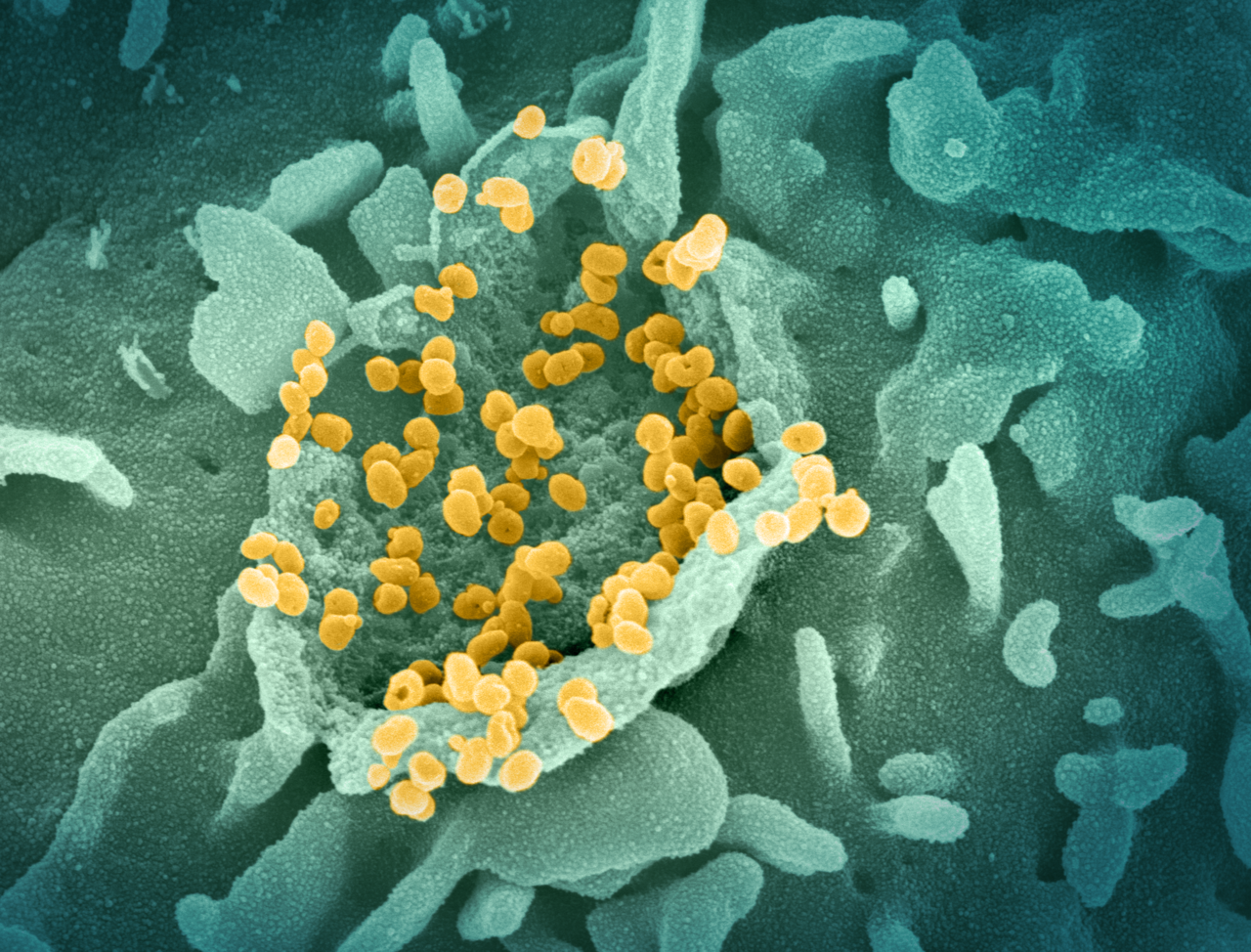In what has become a habitual story over the past two and half years, health-conscious Texans must once again prepare themselves for a surge in COVID-19 cases caused by a contagious new variant that is quickly spreading across the state and country.
The BA.5 variant is now the United States’ dominant form of the coronavirus, with CDC Director Rochelle Walensky stating in a July 12 press conference that the Omicron offshoot makes up a whopping 65% of the variants currently circulating the country. The same day, the Biden administration released its plan to combat BA.5, which will only continue spreading in the days ahead. Some virology experts are even asserting that the variant will infect 10 to 15 percent of Americans over the next few months.
Texas is already feeling the impact of the variant. As per CDC data, the moving-average of new Texas COVID cases has increased nearly twofold in the past month, driven by the highly contagious nature of the BA.5 variant. This growth in case numbers has unfortunately corresponded greatly with hospitalizations. In Houston for instance, the rolling number of daily COVID hospitalizations doubled over the past month, rising from 121 in early June to 224 in early July.
This sharp spike in cases is being dubbed by some as the “Age of Reinfection,” referring to the variant’s uniquely-adept ability at avoiding immunity acquired either through past illness or vaccination. Even antibodies acquired from recent infections are demonstrating themselves weak against the intense transmissibility of BA.5. According to Dr. Desmar Walkes of the Austin-Travis County health authority, BA.5 has been noted as particularly potent in its effects on lung tissue and thereby significantly strengthens the likelihood of long COVID.
Thankfully, BA.5 has so far been equivalent to its forebears concerning the most important COVID metric: deaths. Assisted by the antiviral treatment Paxlovid, the vaccines are still showing themselves to be highly-effective at preventing loss of life. Staying steady at around 280 a day, the number of daily fatalities pales in comparison to the nearly 2,700 a day during the height of last winter’s Omicron surge.
As Dr. Ashish Jha, the White House COVID response coordinator, has acknowledged, the United States and its citizens are finally “at a point in the pandemic where most Covid-19 deaths are preventable.” Nevertheless, the current status quo is not guaranteed to last. BA.5’s mutations further disprove the common assertion that the virus will eventually evolve into a weakened version of itself.
It remains to be seen whether another variant evolves that is even more resistant to the vaccines. In the meantime, though, anxious Texans, particularly those who are immunocompromised or at greater risk of severe symptoms, must continue remaining vigilant against their now-familiar invisible enemy.
Photo: NIAID / Wikimedia Commons




